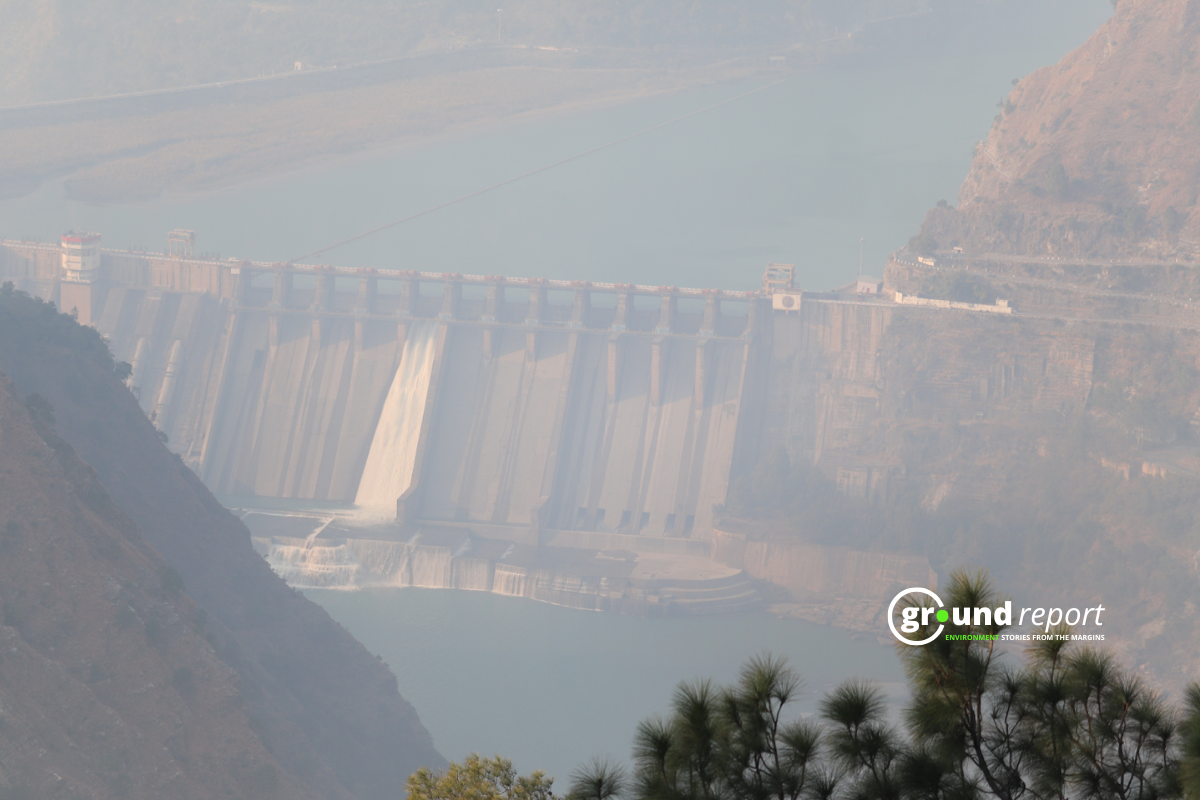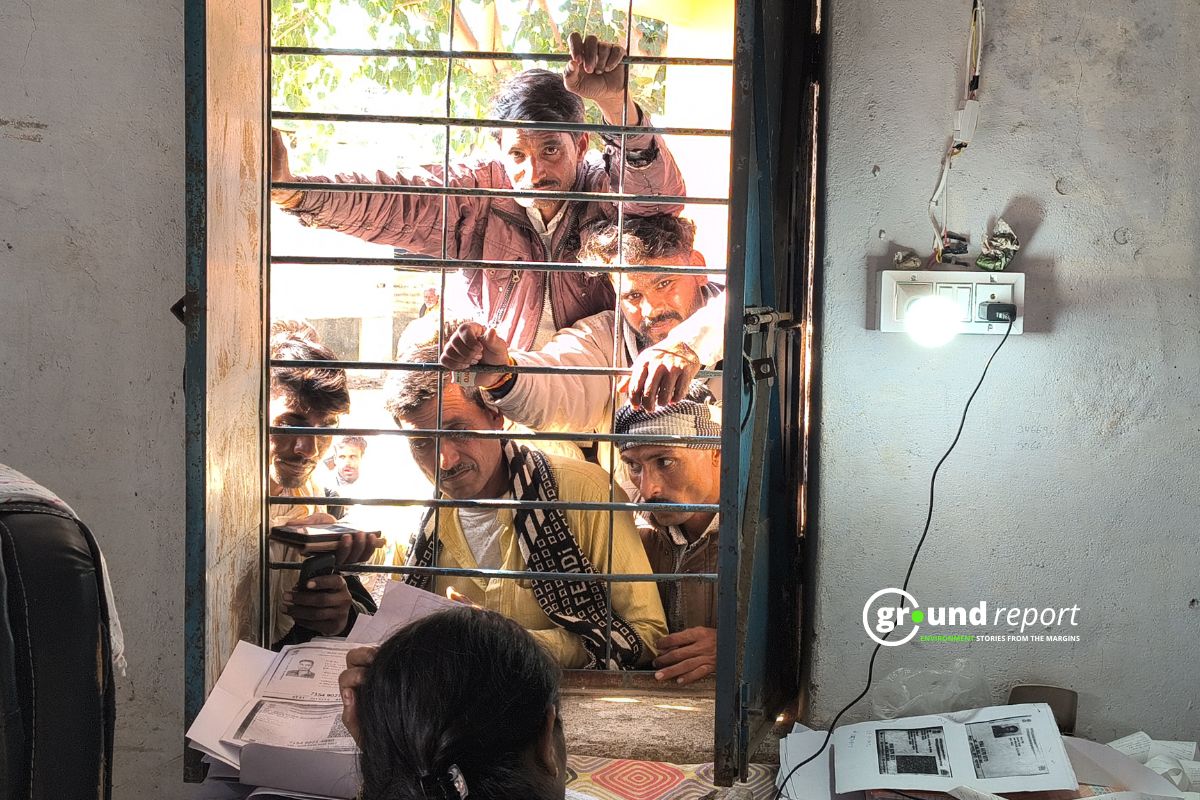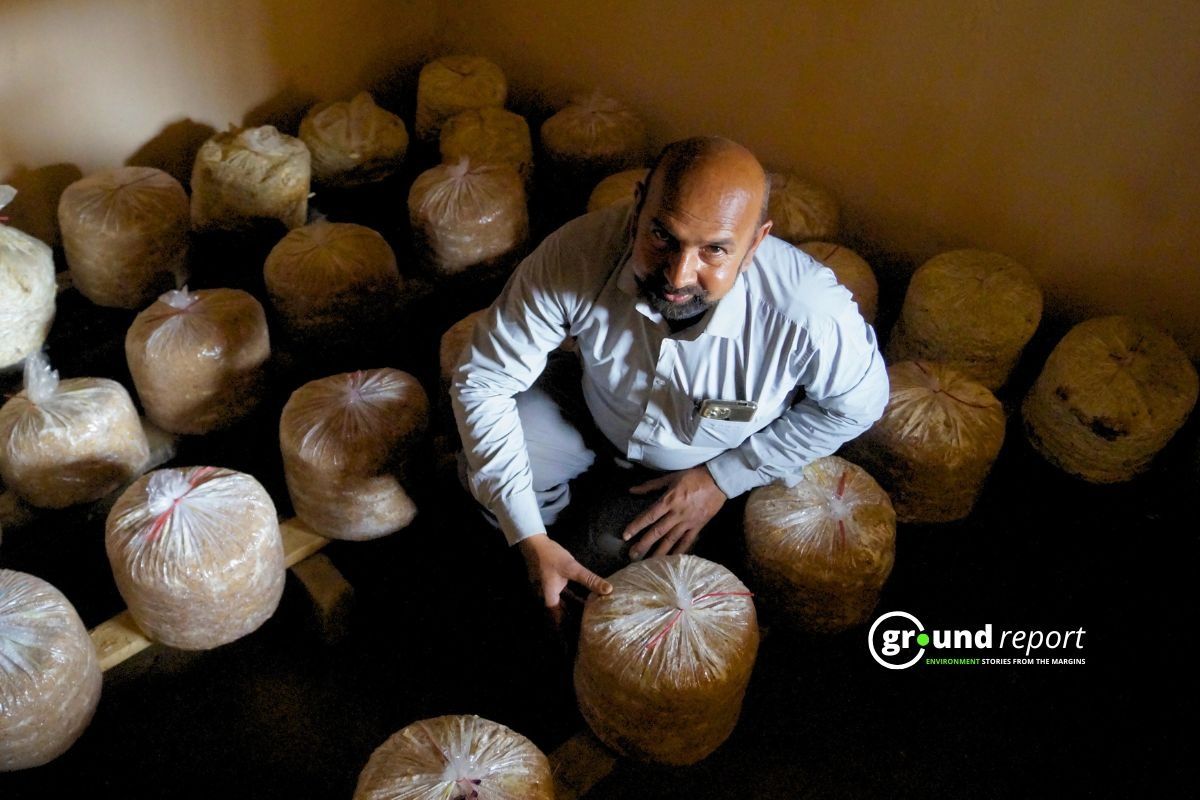The retreat of Himalayan glaciers due to climate change has increased the size and number of glacial lakes, raising fears of disasters like the Kedarnath tragedy. A team from the Wadia Institute of Himalayan Geology recently inspected Vasudhara Lake, a high-risk glacial lake in the Dhauli Ganga basin, Chamoli district. The findings, soon to be submitted as a detailed report, are expected to shed light on the lake’s status and risks.
A 15-member team from the Uttarakhand State Disaster Management Authority (USDMA), Indian Institute of Remote Sensing (IIRS), Wadia Institute of Himalayan Geology (WIHG), ITBP, NDRF and SDRF assessed Vasundhara Tal, a flagged ‘dangerous’ glacial lake in Chamoli district, from Oct 15 to 22.
Vasudhara Lake’s alarming growth risks
Dr. Manish Mehta, a senior scientist at the Wadia Institute, highlighted the alarming growth of Vasudhara Lake. “Since 1968, the lake’s size has increased by over 421%, with water volume rising by 767%. This is a direct consequence of rapid glacial melt,” he explained. Satellite data indicates that the Raikana glacier feeding Vasudhara Lake is retreating at an average rate of 38 meters annually, compounding the risk.
Vasudhara Lake’s size grew from 0.14 square kilometers in 1968 to about 0.59 square kilometers in 2021, while its water volume expanded from 2.1 million cubic meters to 16.2 million cubic meters.
In 1968, Vasudhara Tal had about 2,110,000 cubic meters of water, which increased to 16,200,000 cubic meters in 2021. In 53 years, the water in Vasudhara Glacier Lake increased by about 767.77%. Meanwhile, Raikana glacier is shrinking at 38 meters per year from 2017 to 2021.
The Indian Space Research Organisation (ISRO) has identified 13 critical glacial lakes in Uttarakhand, of which five, including Vasudhara Lake, are extremely sensitive. “The formation and expansion of glacial lakes are ticking time bombs,” an ISRO official warned. “If the embankments of these lakes fail, they could unleash catastrophic floods similar to the 2013 Kedarnath disaster or the 2021 Chamoli floods.”
The National Disaster Management Authority (NDMA) has urged state governments to closely monitor these lakes. On-ground inspections have been limited. Secretary of Disaster Management Vinod Kumar Suman confirmed that further actions would be based on the upcoming report.
Timeline of events
-
1968: Vasudhara Lake, at 4702 meters above sea level, measured 0.14 square kilometers and held about 2.1 million cubic meters of water.
-
2021: Vasudhara Lake grew to 0.59 square kilometers, and its water volume increased to 16.2 million cubic meters. This represents a 421% increase in size and a 767% increase in water volume over 53 years.
-
2013: the Chorabari Glacier lake above Kedarnath Valley broke, causing devastating floods that killed around 6,000 people.
-
February 2021: A section of the Nanda Devi glacier in Chamoli district broke, causing catastrophic floods in the Dhauliganga river, killing over 200 people and destroying two hydropower projects.
-
October 2023: The Uttarakhand Disaster and Accident Analysis Initiative (UDAAI) reported multiple incidents, including the Pindari Glacier retreat and the Helang-Marwari bypass landslide on October 12.
-
October 2023: The Wadia Institute of Himalayan Geology completed their survey of Vasudhara Lake and are preparing a report to assess the lake’s growing risks.
Rising concerns in Uttarakhand
The Uttarakhand Disaster and Accident Analysis Initiative (UDAAI) has flagged glacier-related incidents in its recent reports. These include the Pindari glacier retreat of over half a kilometer in 60 years and the Tungnath temple’s structural collapse due to water seepage. Landslides triggered by unstable glacial terrain have also been reported, such as the October 12 incident on the Badrinath Highway’s under-construction Helang-Marwari bypass.
Historical glacial lake outburst floods (GLOFs) remind us of the risks. In 2013, the rupture of Chorabari Lake above Kedarnath caused a flood that claimed nearly 6,000 lives. Similarly, the Nanda Devi glacier’s collapse in 2021 led to a devastating flood in the Dhauliganga River, killing over 200 people and destroying two hydropower projects.
With the rise of glacial lakes from rapid glacial melt, scientists and disaster management authorities stress the importance of monitoring and preemptive action. “Glacial lakes in Uttarakhand are active threats requiring immediate attention,” said an expert from the ADC Foundation.
As temperatures rise and glaciers recede, the Himalayan region faces a growing challenge. The Vasudhara Lake inspection findings will likely inform policies to mitigate these risks and prevent future disasters.
Support us to keep independent environmental journalism alive in India.
Keep Reading
Watch: Kashmir experiences first snowfall of season after dry spell
Amarnath Yatra: Tackling rising death toll from extreme weather events
Tourists arrival in Kashmir break records, a need to regulate it?
From tourist paradise to waste wasteland: Sindh River Cry for help
Follow Ground Report on X, Instagram and Facebook for environmental and underreported stories from the margins. Give us feedback on our email id greport2018@gmail.com.
Don’t forget to Subscribe to our weekly newsletter, Join our community on WhatsApp, and Follow our YouTube Channel for video stories.






